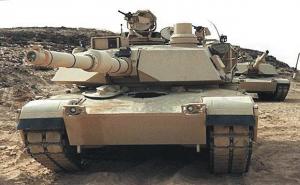How cutting-edge military technologies can help solve some of the industry’s most critical issues.
David Turner is a senior vice president with Gestalt LLC’s Energy & Utility Practice. Contact him at dturner@gestalt-llc.com.
Whether it’s an aging workforce, the impact of competitive markets, or an outdated transmission system, today’s energy and utility organizations are facing a whole new set of challenges. What many people in the industry don’t realize is that the utility sector is not the first to face these kinds of issues.

The U.S. military is dealing with, or has dealt with, a strikingly similar set of problems in recent years. During the 1990s, the military realized that the information technology it had developed during the 1960s, ’70s, and ’80s would not be sufficient to prepare for the distributed battles they would need to fight in the future. It was using monolithic legacy systems with dated technology, closed operating systems, and proprietary codes, making it difficult to share critical information among different branches of the military.
Although the defense sector still is working through some of these issues, the good news for utility organizations is that military advances offer many lessons. In some cases, direct applications for defense technologies can help solve key utility challenges. Some of those technologies already are being used in several forward-thinking utility organizations, and some are being adapted for potential future use in solving nagging utility-industry problems.

